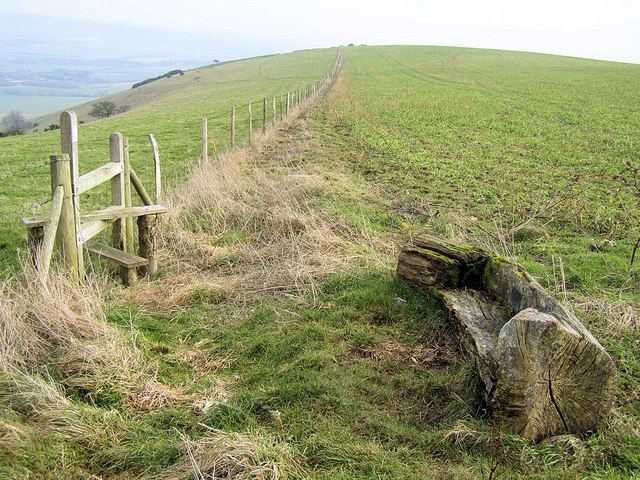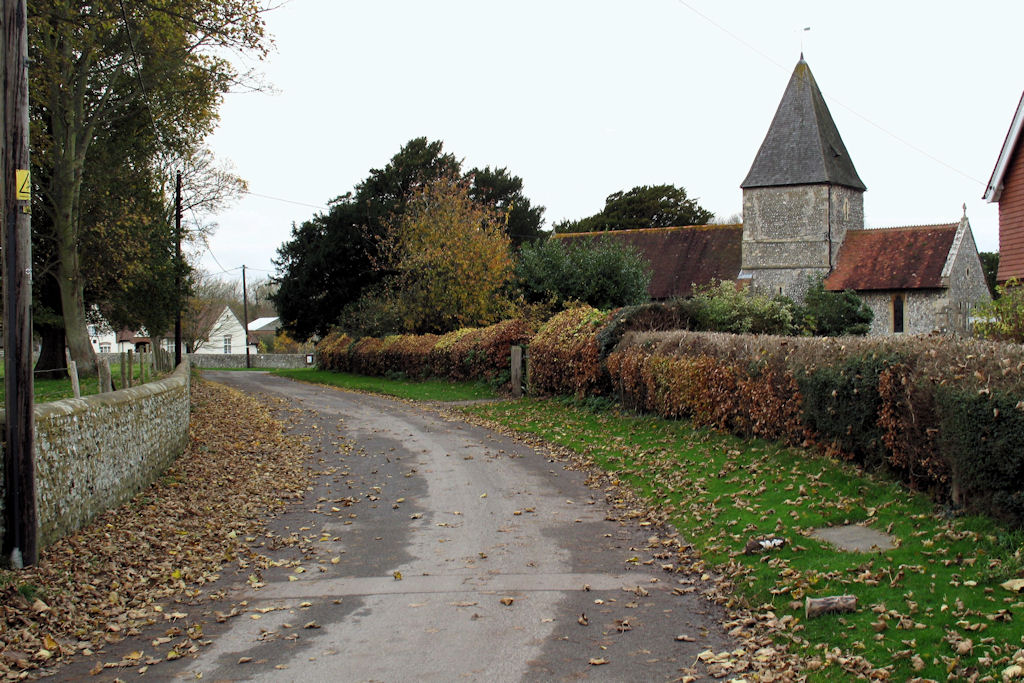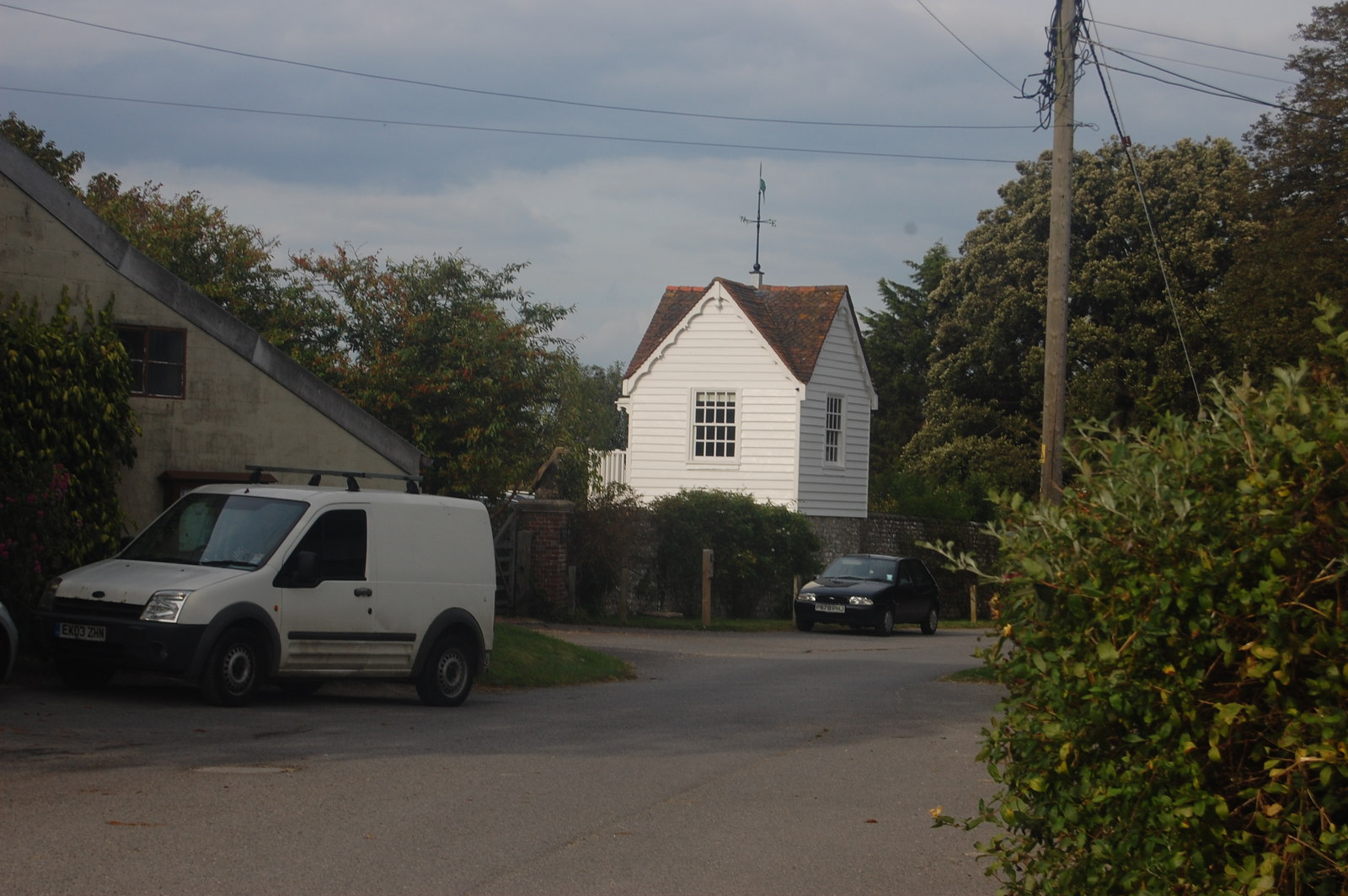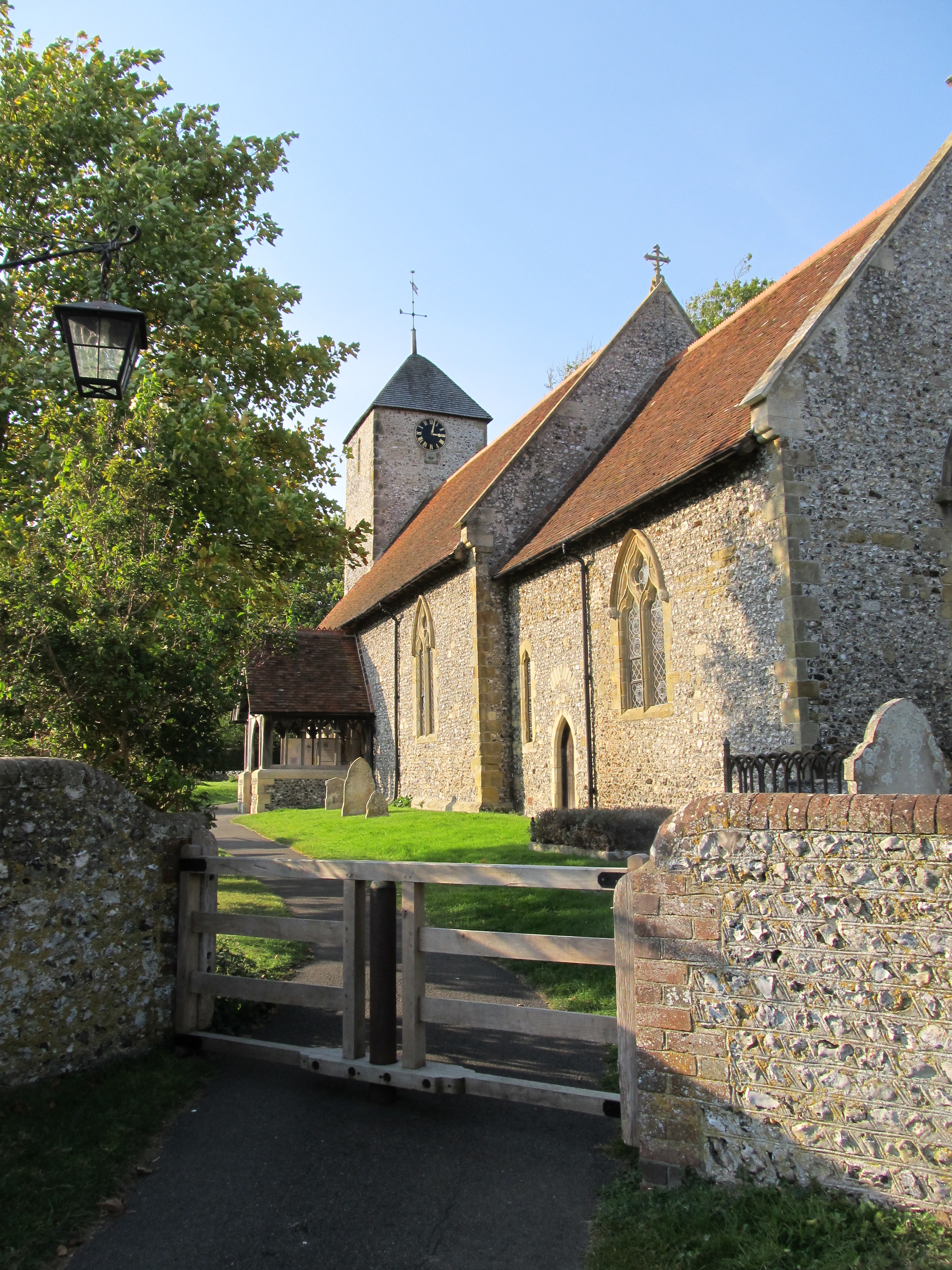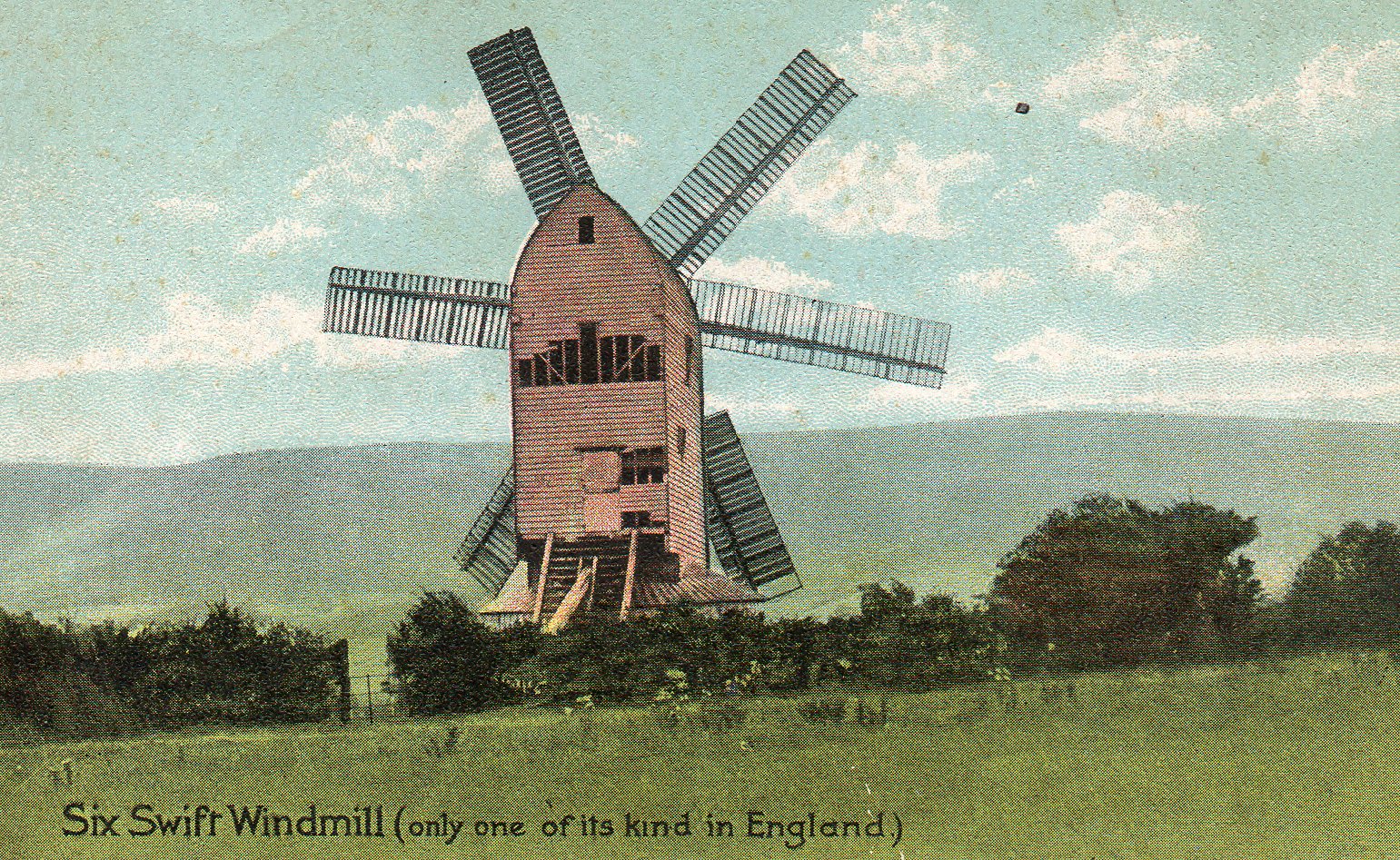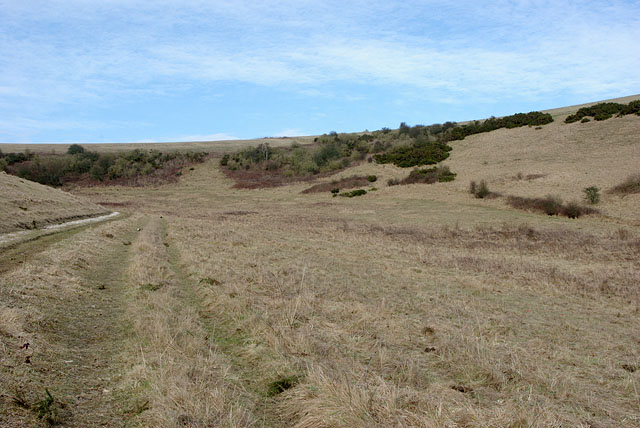Iford Hill
Hill, Mountain in Sussex Lewes
England
Iford Hill
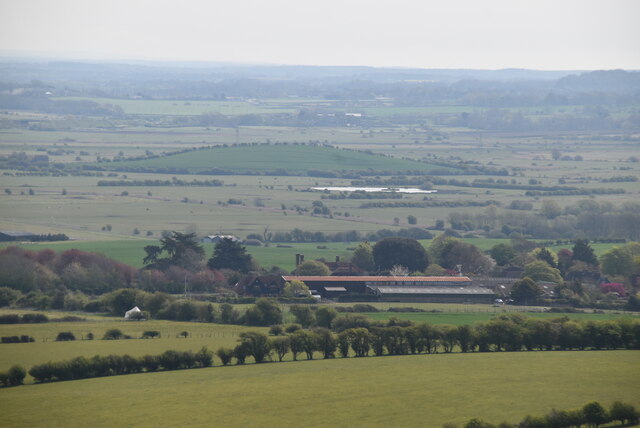
Iford Hill, located in Sussex, England, is a prominent hill that offers breathtaking views and a tranquil escape for nature enthusiasts. Standing at an elevation of approximately 200 meters, it is a popular destination for locals and tourists alike.
The hill is characterized by its lush greenery, with dense forests covering its slopes. Its diverse ecosystem supports a variety of flora and fauna, making it an ideal spot for wildlife enthusiasts and birdwatchers. Rare species such as red kites and buzzards can often be spotted soaring above the hill.
Several walking trails crisscross the hill, providing visitors with the opportunity to explore its natural beauty. These trails vary in difficulty, catering to both casual walkers and avid hikers. Along the way, visitors will come across picturesque meadows, ancient woodlands, and babbling brooks, creating a truly immersive experience in nature.
At the summit of Iford Hill, visitors are rewarded with panoramic views of the surrounding landscape. On clear days, one can see the South Downs in the distance and even catch a glimpse of the English Channel. This vantage point offers a sense of tranquility and provides ample opportunities for photography and reflection.
Iford Hill is easily accessible, with a car park located nearby and regular bus services connecting it to neighboring towns. It is a popular destination for outdoor activities such as picnicking, dog walking, and even paragliding. With its natural beauty and serene atmosphere, Iford Hill is a must-visit location for those seeking a peaceful retreat in the heart of Sussex.
If you have any feedback on the listing, please let us know in the comments section below.
Iford Hill Images
Images are sourced within 2km of 50.841496/-0.022634771 or Grid Reference TQ3906. Thanks to Geograph Open Source API. All images are credited.








Iford Hill is located at Grid Ref: TQ3906 (Lat: 50.841496, Lng: -0.022634771)
Administrative County: East Sussex
District: Lewes
Police Authority: Sussex
What 3 Words
///deeper.fine.reap. Near Lewes, East Sussex
Nearby Locations
Related Wikis
Kingston Escarpment and Iford Hill
Kingston Escarpment and Iford Hill is a 63.4-hectare (157-acre) biological Site of Special Scientific Interest east of Brighton in East Sussex.These two...
Iford, East Sussex
Iford is a village and civil parish in the Lewes District of East Sussex, England. The village is located two miles (3.2 km) south of Lewes. The parish...
Swanborough Manor
Swanborough Manor is a listed English manor dating back to the 12th century in Iford, East Sussex. == Overview == It is located on Swanborough Drove in...
St Pancras Church, Kingston near Lewes
St Pancras Church is the parish church of Kingston near Lewes in East Sussex, England. The church building was built in the 13th century and is protected...
St Nicholas Church, Iford
The Church of St Nicholas is an Anglican church in the village of Iford, East Sussex, England. It is in the Diocese of Chichester, and in the United Benefice...
Kingston near Lewes
Kingston near Lewes is a village and civil parish in the Lewes District of East Sussex, England. The village is mentioned in the Domesday Book and is located...
Brighton Kemptown (UK Parliament constituency)
Brighton Kemptown, often referred to as Brighton Kemptown and Peacehaven by local political parties, is a constituency represented in the House of Commons...
Castle Hill, Brighton
Castle Hill is a 114.6-hectare (283-acre) biological Site of Special Scientific Interest on the eastern outskirts of Brighton in East Sussex. It is a Special...
Nearby Amenities
Located within 500m of 50.841496,-0.022634771Have you been to Iford Hill?
Leave your review of Iford Hill below (or comments, questions and feedback).









